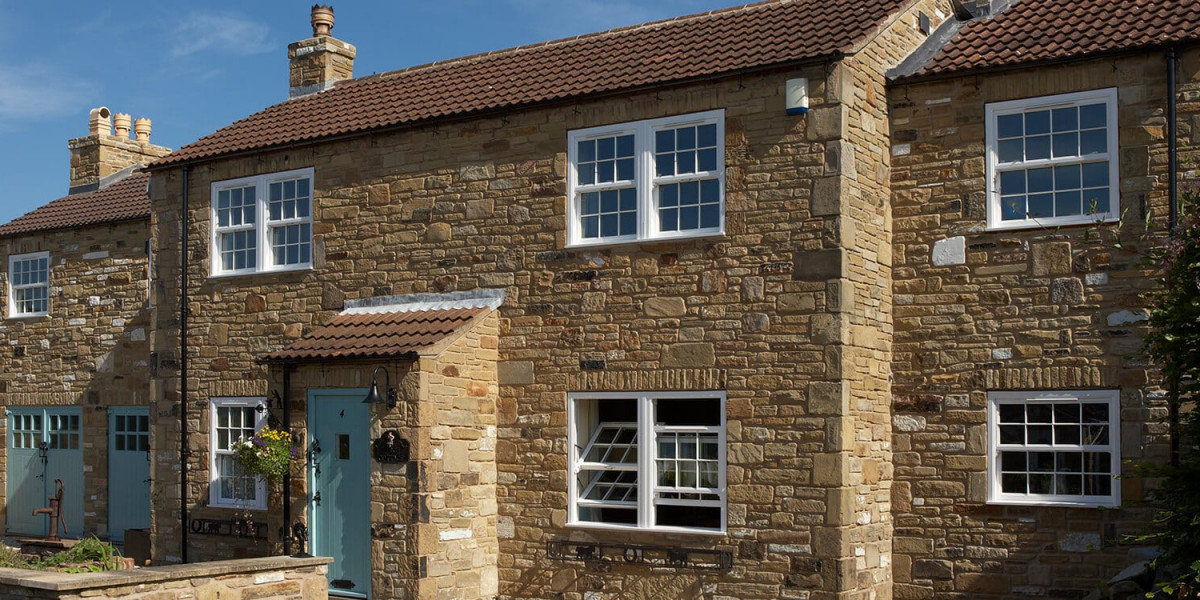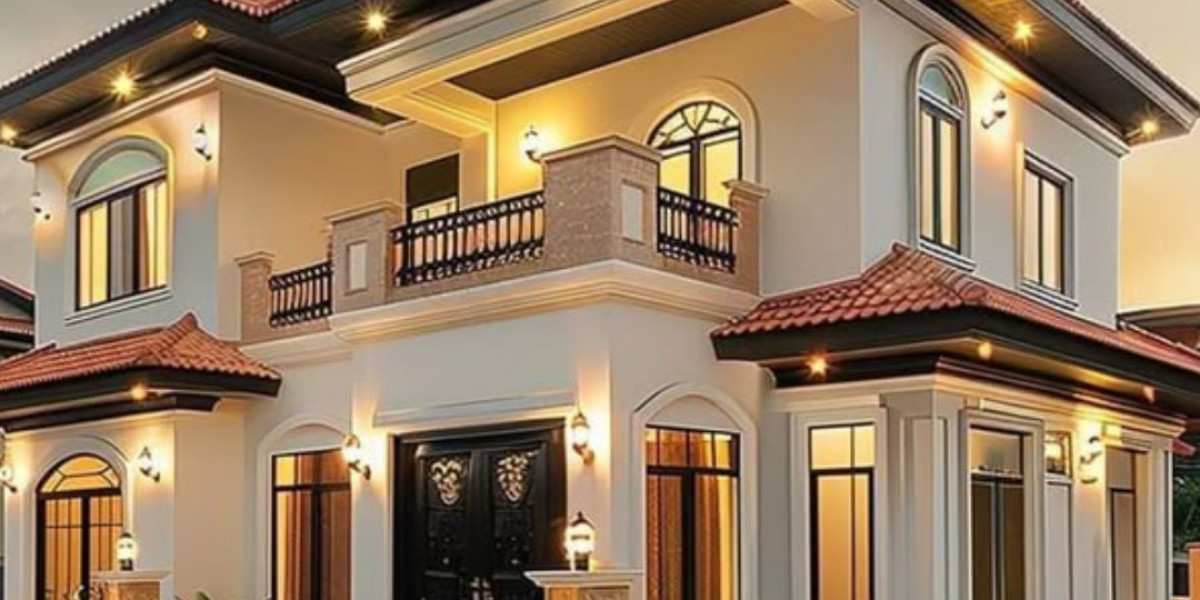Table of Contents
Eco-Friendly Contract Fabrics: Sustainable Choices for 2025
Quick Snapshot: What You’ll Learn
Fast Picks: Top Sustainable Fabric Types
London Suppliers & Where to See Samples
FAQs
Introduction why sustainable contract fabrics matter now
The design world has changed. Clients want beautiful spaces, yes — but they also want responsibility. In 2025, sustainability isn’t an add-on; it’s central to specifying contract fabrics for hotels, offices, public spaces, and even high-end homes. Eco-friendly textiles now combine fire safety, durability, and attractive finishes, which means you don’t have to sacrifice performance for conscience.
If you’re choosing fabrics for Vertical Blinds, roller blinds London, bespoke Roman & Curtain installations, or heavy-use upholstery, this guide will help you pick materials that look great, meet regulations, and reduce environmental impact. Think of it as a toolkit: clear metrics, trusted certifications, and practical tips for working with blind systems, Blindspace solutions, and installers in London.
What makes a contract fabric "eco-friendly"?
Raw material sourcing
Eco-friendly contract fabrics begin with their ingredients. Recycled polyester (often from post-consumer PET bottles), organic cotton, hemp, and responsibly sourced wool reduce reliance on virgin fossil-fuel feedstocks. For some architectural textiles, plant-based or bio-attributed polymers are becoming realistic alternatives.
Manufacturing footprint
Production matters. Low-water dyeing, reduced chemical usage, and renewable energy in mills shrink the carbon and water footprint. Some manufacturers publish environmental product declarations (EPDs) — these are gold for specifiers.
Longevity and circularity
A sustainable fabric is one that lasts. High abrasion resistance (high Martindale counts), UV stability, and easy repairability reduce replacement cycles. Circularity fabrics designed to be recycled at end-of-life — is increasingly offered by forward-looking brands.
Certifications to trust
Look for Global Recycled Standard (GRS), OEKO-TEX Standard 100 or MADE IN GREEN, Global Organic Textile Standard (GOTS) for natural fibres, and responsible wool standards. Transparency is key: ask for batch-level certificates and EPDs.
Why sustainability pairs well with commercial performance
You might think eco = delicate. Not anymore. The latest generation of contract fabrics delivers:
Fire retardancy to BS and EN standards
High abrasion resistance for heavy footfall areas
Wipe-clean and stain-resistant finishes for hospitality and healthcare
Acoustic performance for offices and public spaces
Thermal benefits when used in systems like cellular & pleated blinds
In short: modern sustainable fabrics are engineered for the real world, not just showrooms. Want a fabric for Vertical Blinds over a large glazed façade? You can now get solar-screen fabrics with recycled content, certified low VOCs, and proven durability.
Top eco-friendly contract fabric types for 2025
1. Recycled Polyester & PET-based Performance Weaves
Why they’re trendy: high durability, wide colour range, low cost, and strong circular pathways (many mills accept take-back). Use cases: upholstery, roller blinds, and vertical vanes.
2. Bio-based & Plant-derived Fibres
Examples: PLA blends, Tencel/lyocell fibres in upholstery blends. They offer a softer hand and better biodegradability profiles ideal for lounges and hotel bedrooms where tactility matters.
3. Recycled Wool & Wool-blends
Wool is naturally flame-retardant. Recycled wool keeps that benefit while lowering carbon footprint. Use for premium upholstery, drapery, and acoustic panels.
4. Solution-dyed Acrylics for Outdoors
Solution-dyed acrylics (often used for awnings or outdoor seating) are more colourfast and need less water during dyeing. The newer ranges include recycled content and improved recyclability.
5. Technical Screens with Recycled Content
Used in roller blinds London and façade shading, these combine heat/UV control and transparency with recycled yarns — great for energy-conscious specifiers.
6. Coated Fabrics with Low-VOC Formulations
Coated PVC and vinyls are essential in transport and healthcare. New low-VOC coatings and chlorine-free formulations reduce toxicity while maintaining wipeability.
How to read the specs what matters for specifiers
Martindale/Abrasion
High Martindale = longer life in seating. For heavy contract seating look for 50,000+ rubs depending on application.
Fire & Reaction-to-Fire
Curtains, blinds, and upholstery must meet relevant British/European standards (e.g., BS EN 13501-1). Always request test reports for the specific end-use.
Colourfastness & UV
For sun-exposed Vertical Blinds and roller systems, confirm ISO colourfastness to light. Fading is a wear pattern that will kill the aesthetic quickly.
Cleaning & Chemical Resistance
Healthcare and hospitality need fabrics compatible with their cleaning regimes. Ask for compatibility sheets that detail which disinfectants or cleaning agents are safe.
Environmental Declarations
EPDs, GRS, OEKO-TEX, and GOTS should be available on demand. The more granular the transparency (batch-level), the better.
Sustainability in window systems: not just the fabric
Choosing an eco fabric is only half the story. A truly sustainable window solution considers the whole system:
Blind hardware longevity — durable headrails and mechanics avoid frequent replacements.
Motorisation energy use — low-power motors and smart scheduling cut operational energy.
Recessed systems (Blindspace) that extend lifespan by protecting fabrics from direct sun and grime.
End-of-life planning can the fabric be removed and recycled? Are parts modular?
For example, pairing cellular & pleated blinds made from recycled yarns with high-efficiency motors reduces both embodied and operational carbon. That’s the combo clients are asking for.
Designers’ checklist spec’ing eco-friendly contract fabrics
Define primary function (insulation, sound absorption, durability, sun control).
Request performance certificates: Martindale, fire, UV, cleaning.
Ask for environmental docs: GRS, OEKO-TEX, EPD.
Confirm compatibility with the chosen blind systems motor torque, roll diameter, and edge finishes.
Test a full-size in-situ sample for at least 48 hours (light, dust, humidity).
Clarify maintenance regime with facilities teams sustainable fabrics still need appropriate care.
This checklist helps avoid the classic spec pitfall: beautiful sample, flaky performance in real use.
Table 1 Quick comparison of sustainable contract fabrics
Fabric Type Sustainability Strength Best Use Key Performance Notes Recycled Polyester (rPET) High recycled content, scalable Roller & Vertical Blinds, upholstery Good UV & abrasion; confirm fire treatment Recycled Wool Low-impact, natural FR properties Premium upholstery, drapery Soft hand, excellent FR, more costly Plant-based blends (Tencel/PLA) Renewable inputs, biodegradability Lounge seating, curtains Soft, breathable; check Martindale Solution-dyed Acrylic (recycled options) Low water dyeing, colourfast Outdoor seating, awnings Excellent UV resistance Low-VOC Coated PVC Reduced VOCs, durable Healthcare, transport Wipe-clean, check recyclability path Recycled Technical Screen Fabrics Energy performance + recycled yarns Roller blinds, façade shading Solar control metrics crucial Working with installers in London practical tips
Blinds installation London: involve them early
Installers spot real-world issues: reveal depth, window warps, and cable routing. They’ll tell you whether a fabric will roll cleanly or needs a heavier tube.
Mock-ups and pilot rooms
For large projects (hotels or multi-site rollouts), do a small pilot fit. Check fabric behaviour with daily sun exposure and real cleaning routines.
Contractor coordination
If you’re using Blindspace or other integrated systems, coordinate with MEP and façade teams. Recessed tracks may affect maintenance access; plan for it.
Cost, lifecycle and circularity budgeting sustainably
Eco fabrics sometimes cost more upfront. But calculate total cost of ownership:
Longer lifespan reduces replacement costs.
Easier cleaning reduces facilities labour and chemicals.
Lower embodied carbon and certifications can help win public sector or sustainability-driven bids.
Ask suppliers about take-back schemes and recycling streams. Some manufacturers will accept used roll remnants or end-of-life textiles for upcycling or reprocessing that is increasingly common in UK textile supply chains.
Case study snapshots what works in real London projects
Boutique hotel, Shoreditch: Recycled wool-blend upholstery in public areas + rPET roller blinds in rooms. Result: warm aesthetic, lower replacement frequency, sustainability badge on marketing collateral.
Co-working space, Canary Wharf: Acoustic recycled panels and technical screen fabrics on roller systems to reduce glare and improve privacy; modular blinds allowed easy maintenance.
Restaurant terrace: Solution-dyed recycled acrylic awnings and wipeable coated fabrics for outdoor seating colourfast and low maintenance through seasons.
These short snapshots highlight how sustainability becomes the feature, not the footnote.
Maintenance: keep sustainability working long-term
Use manufacturer-recommended cleaning products eco fabrics often have specific compatibility.
Avoid overuse of harsh chemicals that degrade fabric coatings.
Plan for periodic professional cleanings for high-touch areas.
Keep spare slats/roll remnants for quick onsite repairs reduces waste and downtime.
Good maintenance keeps fabrics performing and avoids premature disposal.
Final thoughts sustainability as a design opportunity
Eco-friendly contract fabrics for 2025 are not compromises they’re upgrades. They allow designers to create elegant interiors with Vertical Blinds, Venetian Blinds, Roman & Curtain layers, and advanced blind systems that stand up to real life while reducing environmental impact. The trick is to read the data, test in place, and work hand-in-hand with installers in London to ensure longevity.
Sustainability adds a new dimension to design: ethical storytelling, reduced running costs, and happier occupants. Embrace it the future of contract textiles is green, durable, and beautifully tactile.
Frequently Asked Questions
Q1: Can recycled polyester (rPET) be used for Vertical Blinds?
Yes rPET is commonly used in roller and vertical blind fabrics. Ensure the specific fabric has the required fire retardancy and UV stability for your application.Q2: Do eco-friendly fabrics cost more?
Often the upfront cost is slightly higher, but lifecycle costs tend to be lower because of longer durability and lower replacement frequency.Q3: How do I confirm a fabric’s environmental claims?
Request certificates (GRS, OEKO-TEX, EPDs) and batch-level documentation from suppliers. Independent lab reports are best.Q4: Are sustainable fabrics compatible with motorised blind systems?
Yes but confirm fabric weight and roll diameter with your installer, especially for motorised Blindspace and large-width blinds.Q5: What is the best eco fabric for outdoor terraces in London?
Solution-dyed acrylics with recycled content are excellent: they’re colourfast, UV-stable, and increasingly available with recycled yarns.- sponsor article:
Essentials Clothing – The Definition of Everyday Luxury












